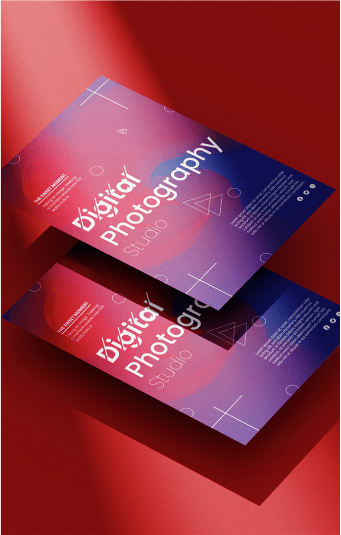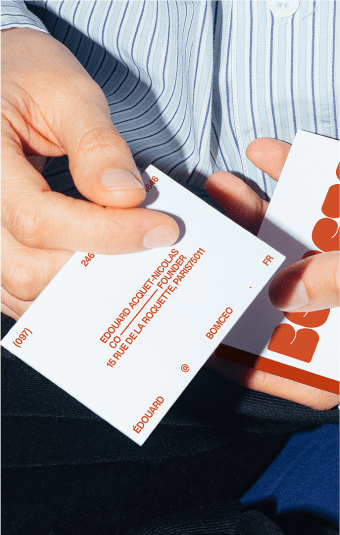Snapchat has an estimated 350 million daily users, which makes it one of the most popular social networks today. Its phenomenal success can be largely attributed to its user experience (UX) design strategy that puts psychological factors first in order to create a highly addictive product. By leveraging cognitive biases such as variable reward salience, scarcity bias, and the Zeigarnik effect, Snapchat has created a UI/UX design strategy that is so compelling and engaging that users just can’t seem to stay away! In this blog post, we’ll explore how Snapchat uses psychology to create an ultra-addictive user experience.
Understanding the ‘Hook’: Snapchat’s Use of Reward Systems and Positive Reinforcement to Keep Users Engaged
Snapchat has taken the social media world by storm, and for good reason. With its use of reward systems and positive reinforcement, the app has managed to keep its users engaged and coming back for more. The concept of the ‘hook’ has never been clearer than it is with Snapchat. From daily streaks to rewards for hitting certain milestones, users are hooked on the incentives that the app provides. By tapping into our basic human desire for recognition and achievement, Snapchat has managed to create a platform that leaves its users feeling accomplished and validated. It’s hard not to get drawn in by the allure of the Snapchat ‘hook’, making it no surprise that the app continues to be a leader in the social media space.
The Psychology of Addiction and How It Applies to Snapchat
Snapchat is a social media app that has become wildly popular among millennials and Gen Z. But why is it so addictive? The Zeigarnik effect could be at play here, which is the psychological phenomenon that suggests people remember uncompleted tasks better than completed ones. In the case of Snapchat, the app’s disappearing messages and streaks create a sense of urgency to keep engaging with the platform in order to not break the streak or miss out on a message. Additionally, scarcity bias, or the idea that people attach more value to things that are limited in availability, may contribute to the app’s allure. The way Snapchat’s features are designed, with certain filters only available for a limited time or location-based filters only available in certain areas, plays into this bias and could explain why users feel a stronger attachment to the app.
Examining How User Data is Collected and Used to Personalize Content for Individual Users
Snapchat is one of the most popular social media platforms in the world, known for its unique features such as ephemeral messaging and augmented reality lenses. But have you ever wondered how Snapchat is able to personalize content for its individual users? The answer lies in the vast amount of user data that is collected and analyzed by Snapchat’s algorithms. From the types of snaps users send and receive, to their location and even the devices they use, Snapchat is constantly collecting information to better understand their audience. This data is then used to tailor each user’s experience with personalized content, such as suggested friends, news stories, and advertisements. As Snapchat continues to evolve, it’s interesting to see how user data plays a crucial role in making the app more engaging and personalized for each and every user.
Analyzing the Power of Snapchat’s Bright Visuals and Short-Term Gratification Loops
Snapchat’s bright visuals and short-term gratification loops have proven to be a powerhouse in the social media world. The platform’s emphasis on visually stunning content and the fleeting nature of its messages has captured the attention of millions of users worldwide. Snapchat’s innovative approach to storytelling allows users to create and share content in a way that is unmatched by other social media platforms. The platform’s ephemeral nature creates a sense of urgency and exclusivity, making it all the more addictive. Through the use of filters, lenses, and geotags, users can convey their mood, location, and overall aesthetic in a way that is both engaging and entertaining. The power of Snapchat’s bright visuals and short-term gratification loops cannot be underestimated, as it continues to innovate and adapt in a constantly evolving digital landscape.
The Power of Social Connections in Snapchat – Why People Keep Coming Back
Snapchat has become one of the most popular social media platforms worldwide for a reason – its power to connect people. The unique aspect of Snapchat is its ability to provide an intimate, real-time look into the lives of others. By sharing photos and videos through the app, users feel like they are a part of the story their friends are telling. Additionally, the gamification aspect of Snapchat, such as streaks and filters, adds another layer of fun and connection. In a world where social media can often feel superficial, Snapchat brings a sense of authenticity and closeness that keeps users hooked. It’s no wonder people keep coming back to this app to connect with others in a meaningful way.
Fear of Missing Out (FOMO) in Snapchat’s Strategy
Snapchat has always been a popular social media platform amongst the younger generation, and now it is looking to up its game with a new strategy – Fear of Missing Out (FOMO). The essence of FOMO is that individuals don’t want to be left out of the loop when it comes to their friends’ experiences, and the same can be said for what’s trending on Snapchat. By tapping into this human fear, Snapchat aims to keep its users engaged and on the platform for longer periods of time. They have already added features like Snap Maps and Stories to feed into this trend, and with the incorporation of FOMO into their overall strategy, it’s likely that Snapchat’s usage statistics will only continue to soar.
Strategies to Help People Stay in Control When Using Snapchat, Including Setting Goals and Limitations
Snapchat is a widely used social media app that allows users to share images and videos with their friends. While it can be a fun platform to connect with others, it can also be easy to lose control and spend more time than intended scrolling through the app. To combat this, it can be helpful to establish goals and limitations for yourself when using Snapchat. Maybe you decide to only check it once a day or set a time limit for browsing. By setting clear boundaries, you can stay in control and avoid getting sucked down the rabbit hole of endless scrolling. Remember, it’s important to prioritize your time and mental health, and setting limits on social media use is one way to do that.
Examining the Role of Snapchat in Influencing Our Perceptions of Self-Worth
Social media platforms like Snapchat can have a significant impact on our self-worth and perception of ourselves. With filters and editing tools readily available, it’s easy to alter our appearance and present a flawless version of ourselves. While this may seem harmless at first, it can lead to feelings of inadequacy and pressure to maintain a certain image. Additionally, the curated content we see from influencers and celebrities on Snapchat can create unrealistic standards and leave us feeling like we don’t measure up. By examining the role of Snapchat in influencing our self-worth, we can begin to take a critical view of the content we consume and how it affects our mental health.
Conclusion
In conclusion, this blog post has taken an in-depth look at the psychological motivators and aspects of Snapchat that make it such an addictive platform. We examined the power of positive reinforcement systems, as well as the use of powerful visuals and short-term gratification loops. A key to user engagement is Snapchat’s ability to create a sense of FOMO through its social connections. At the same time, there are strategies that can be implemented to ensure responsible usage – setting goals and limitations are essential for those who want to stay in control. Overall, this blog post has demonstrated the complexity of Snapchat and the influence it has on users’ self-worth – a phenomenon worth further exploration. Ultimately, one truth remains clear: Snapchat is highly engaging and influential due to its ability to tap into our psychology.






